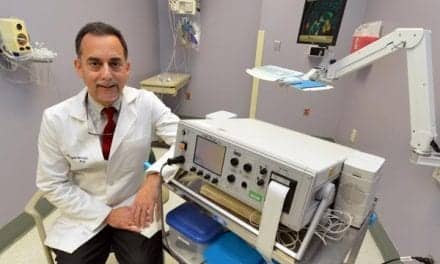A patient advocate shares insightful dos and don’ts for working with narcolepsy patients.
Sleep doctors play a vital role in the lives of patients with narcolepsy. No two patients are the same. Patient experiences will vary—some will struggle after initially receiving the diagnosis, while others may feel validated. Treatments may improve quality of life…or side effects may be intolerable.
Narcolepsy is a journey. There are no quick fixes or easy answers. Here are some tips for working with your patients to help them live their best lives possible.
1. Empower patients. Misunderstanding of narcolepsy is widespread. Finding understanding and support is absolutely vital for a patient’s health, confidence, and well-being. Inquire about your patient’s support system of family, friends, teachers, supervisors, school counselors, etc. Encourage patients to find others living with narcolepsy through social media, my memoir, or in-person support groups. This support is invaluable and empowering.
2. Set reasonable expectations. Let patients know up front that there are no perfect solutions, but that you will work together to make improvements and adjustments in the months and years ahead.
3. Prescribe naps. Some patients find short naps refreshing. Recognize that napping in certain circumstances (like school or work) may be challenging or embarrassing. Talk logistical strategies to still take naps.
4. One day at a time. Patients and family members’ minds may spiral ahead to distant concerns or fears for the future. Encourage approaching narcolepsy “one day at a time”—helping everyone refocus on immediate priorities and what we can do here and now to make improvements.
5. Give hope, not limitations. Please be careful in setting limitations on patients, especially young people. No two people with narcolepsy have the same experiences. Making broad generalizations about people with narcolepsy’s capabilities will never be accurate. We are impressionable. Perhaps you are unsure about your patient going rock climbing, attending medical school, driving a car, or running a marathon. Fair enough. Please phrase your opinion to give hope, “Let’s focus on finding optimal treatment now and re-address rock climbing later.”
6. Do not say: “I know how you feel, I was really sleepy once…” People with narcolepsy face extreme sleepiness daily equivalent to staying awake for 48-72 hours straight. Making comparisons to unrelated sleepiness is not reassuring.
Julie Flygare, JD, is the founder of Project Sleep, a leading narcolepsy spokesperson, and an award-winning author diagnosed with narcolepsy with cataplexy in 2007. She received her BA from Brown University in 2005 and her JD from Boston College Law School in 2009. In 2012, Flygare published Wide Awake and Dreaming: A Memoir of Narcolepsy, which won first prize in the San Francisco Book Festival Biography/Autobiography Contest 2013. In 2012-2013, she led efforts to secure narcolepsy’s place in the FDA’s innovative Patient-Focused Drug Development Initiative. Flygare is the founder of the Narcolepsy: Not Alone campaign, the first ever narcolepsy mobile app, and co-creator of the Jack & Julie Narcolepsy Scholarship. Living in Los Angeles, she works full time and serves on NIH’s Sleep Disorder Research Advisory Board.




